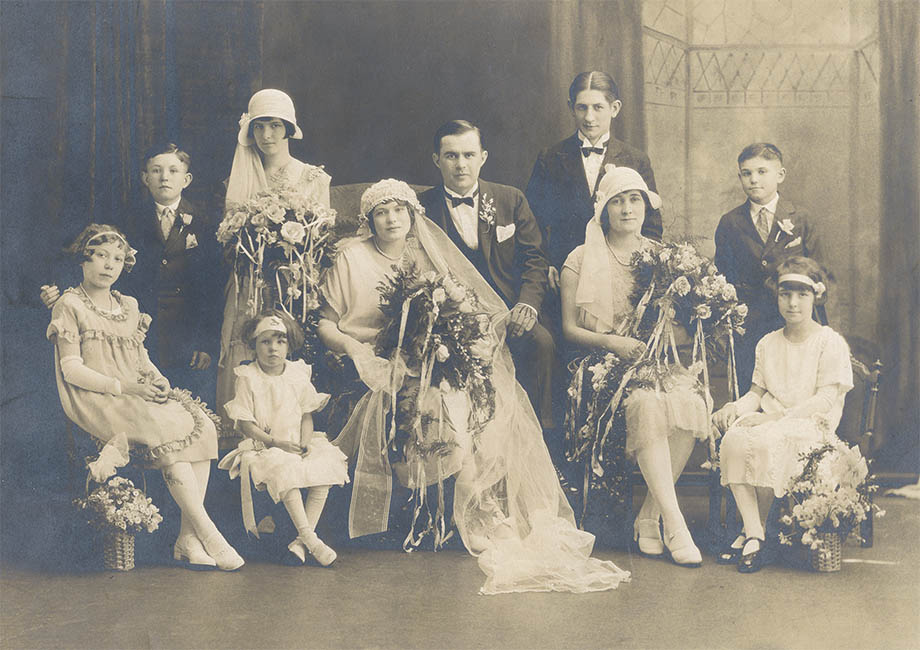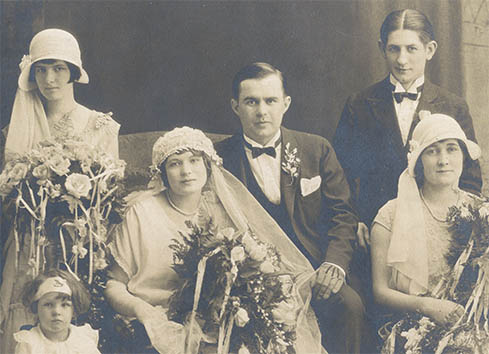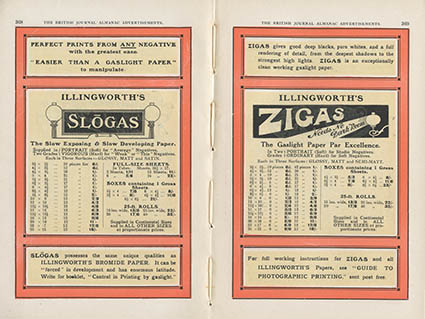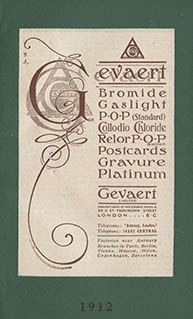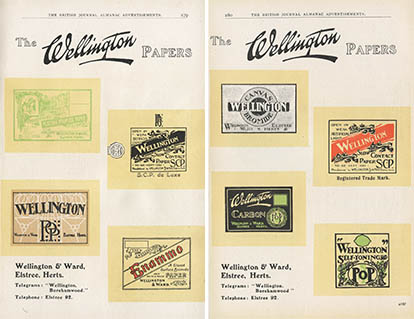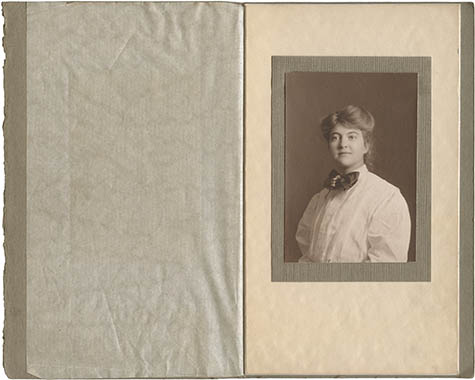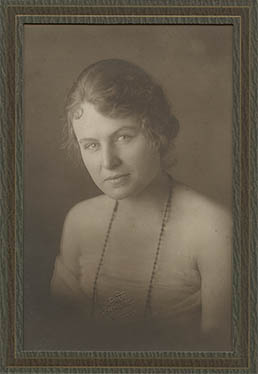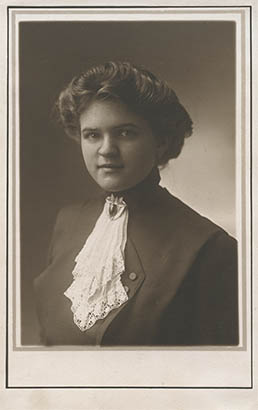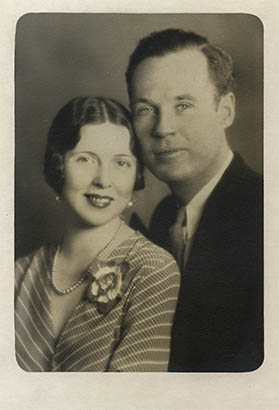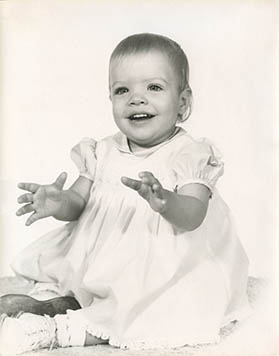This poorly unmounted, badly mirrored1 sepia-toned silver gelatin print is rather obviously ca.mid-1920s. The womens’ cloche hats, the mens’ Jack Torrance2 hair styles and the earnestness of the bride and groom make it one of the most beautiful wedding photos your humble narrator has ever seen. Here is a detail:
After the good doctor R. L. Maddox first described the silver gelatin process in 1871 the dry-plate replaced the wet-plate almost overnight – an instant revolution in photography. The silver gelatin print, however, would take quite a bit longer to gain acceptance.
Gelatin silver bromide print paper was being commercially manufactured as early as 1874. This was followed by a number of improvements: gelatin silver chloride paper (1881), Silver chloride printing-out paper (1882), gelatin chloro-bromide paper (1883) and gaslight paper (1885). However, it wasn’t until a baryta layer (a coating of gelatin and barium sulfate that provided a white, smooth surface) was added in 1894 that silver gelatin print began truly replacing the albumin print.3 Here are a few early 20th century ads showing the range of papers available:
By the early 1900s, with the rise of the snapshot, professional studios replaced the CDV and cabinet card with silver gelatin prints often elaborately mounted in embossed cardboard and glassine folders:
Here are some beauties from the jazz age:
Concerning the sister on the right - really? Further commentary seem rather pointless4
Finally, there’s this beautiful young lady, ca.1967:
Nina Marie, negative no. 01044
Over the last 120 or so years the silver gelatin print has undergone continuous tweaks and improvements, including polyethylene resin-coated (RC) paper in the 1970s and variable-contrast (VC) paper in the 1980s. Even today, with the widespread availability of inkjet printers, the process is still used for B&W prints.
1. Silver mirroring is a process by which Ag2S (silver sulfide) is formed on the print surface by the migration of Ag+ ions from the emulsion, creating a characteristic metallic-blue sheen. It is a common occurrence with both glass plate negatives and paper prints between 1900-1930. For more than you probably care to know see: Giovanna Di Pietro, Giovanni. “Silver Mirroring on Silver Gelatin Glass Negatives.” Diss. Universität Basel, 2002, which is available here.
2. For reference see: The Shining. Stanley Kubrick, dir. Warner Bros, 1980:
3. For more detail on photographic printing see Silverprint’s wonderful historic review.
4. But your humble narrator will comment anyway. There’s décolletage then there’s just trying too hard. However take a look at the eyes of the sister on the left, I’ll bet you anything she was the riot grrl in this family.
13 Feb 2011, updated 24 Feb 2012 ‧ Photography
